See three views of Ed Lachman, ASC above.
See Ed in Rec.709. Go Ed, go.
See Ed in Panasonic VariCam V-Log. 18% gray card, 18%.
See Ed’s EL Zone map the scene’s exposure. 15 Stops in 15 colors. Bravo, Ed. Bravo.
EL Zone is as fun and easy to use as your first reading book with Dick and Jane, and of course Spot. Run, Spot, run.
Ed Lachman, ASC has come up with an incredibly intuitive, innovative and essential exposure tool. It’s called EL Zone System, or just EL Zone.
Think of it as a spotmeter in your viewfinder or monitor. Toggle it on or off. Each stop of exposure is represented by a color. White shows areas of the scene that are over-exposed by 6 or more stops. 18% gray is normal-neutral. Black is under-exposed by 6 or more stops. You can correlate the rest of the stops and their corresponding colors by remembering the acronym in a rainbow: ROY G BIV. (Red, orange, yellow, green, blue, indigo and violet). Or, print out the strip above and tape it to your monitor or EVF.
EL Zone is now available on Panasonic VariCam LT and 35 via firmware updates. On the VariCam LT above, User Button 1 was assigned to toggle between clean view and EL Zone overlay. You can assign EL Zone to the EVF and a monitor via the camera’s SDI-2 output (VF-SDI). EL Zone is supported in V-LOG, V-709, V-Look1 and V-Look2.
Ed explains, “I found false color and waveform monitors much too general. They are based on IRE values, which track percentages in voltage, aren’t consistent with Stop Values on lenses or light meters, and are not the same from one manufacturer to another.
“So, I devised a system based on 18% gray, a universal standard for photography. Your camera can be your lightmeter. Or use an external lightmeter. They will be consistent with each other. You can also use an EL Zone framegrab of a scene to precisely match exposure and lighting at a later date for pickup shots or dreaded reshoots.”
For example, let’s say you come back 2 months later because the director wants an additional wide shot. The medium shot here was lit by Tinx Chan with a single-source open-face 2K through an 8×8 unbleached muslin. With EL Zone, when you return, you can be sure to match Ed’s monitor to be +3 stops over; Ed’s face to be +1 and +1/2 stop over toward the light and -2 on the shadow side.
Barry Russo worked with Ed to bring EL Zone to Panasonic VariCam cameras. Additional team members who made this possible include Takahiro Mitsui in Panasonic Planning and Ryohei Yamato in Panasonic Engineering.
Ed continued, “I would like the thank Imago and its technical committee for their support and encouragement that all manufacturers embrace this technology to become a standard in the industry.”
This ingenious in-camera spotmeter exposure system is a welcome and valuable innovation for cinematographers and photographers everywhere.
See Ed’s discussion of EL Zone on Vimeo.
A Room with a View and EL Zone.
Testing EL Zone at FDTimes.
- Over exposed. The sky is +4. Only a few windows are 18% gray.
- From FDTimes office with VariCam LT feeding an AJA U-Tap SDI to Quicktime screengrab.
- Normal exposure. The sky is +2. Buildings are 18% gray or darker.
- Under exposed. The sky is 18% gray. Everything else is darker. Day for dusk.

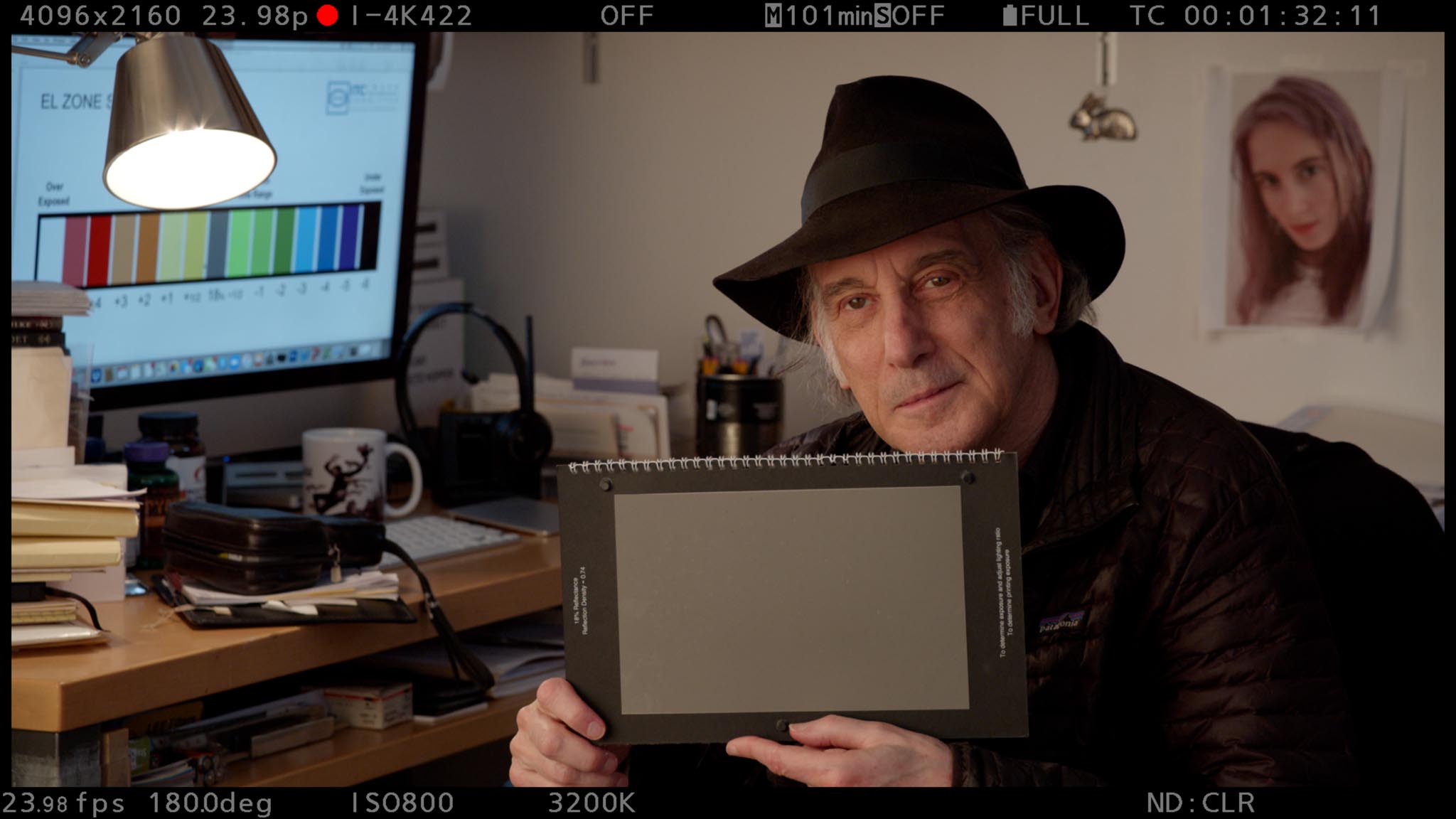
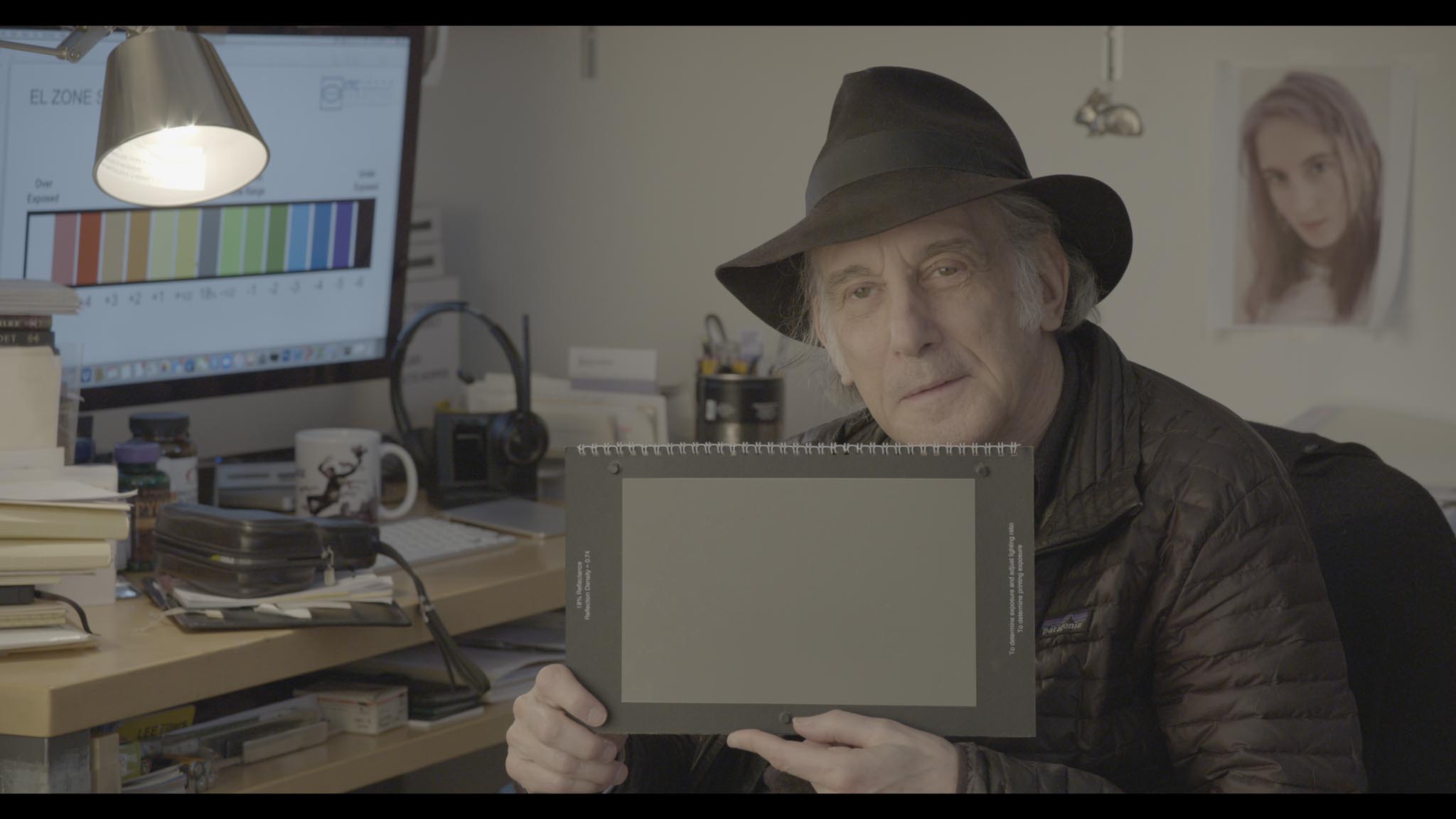
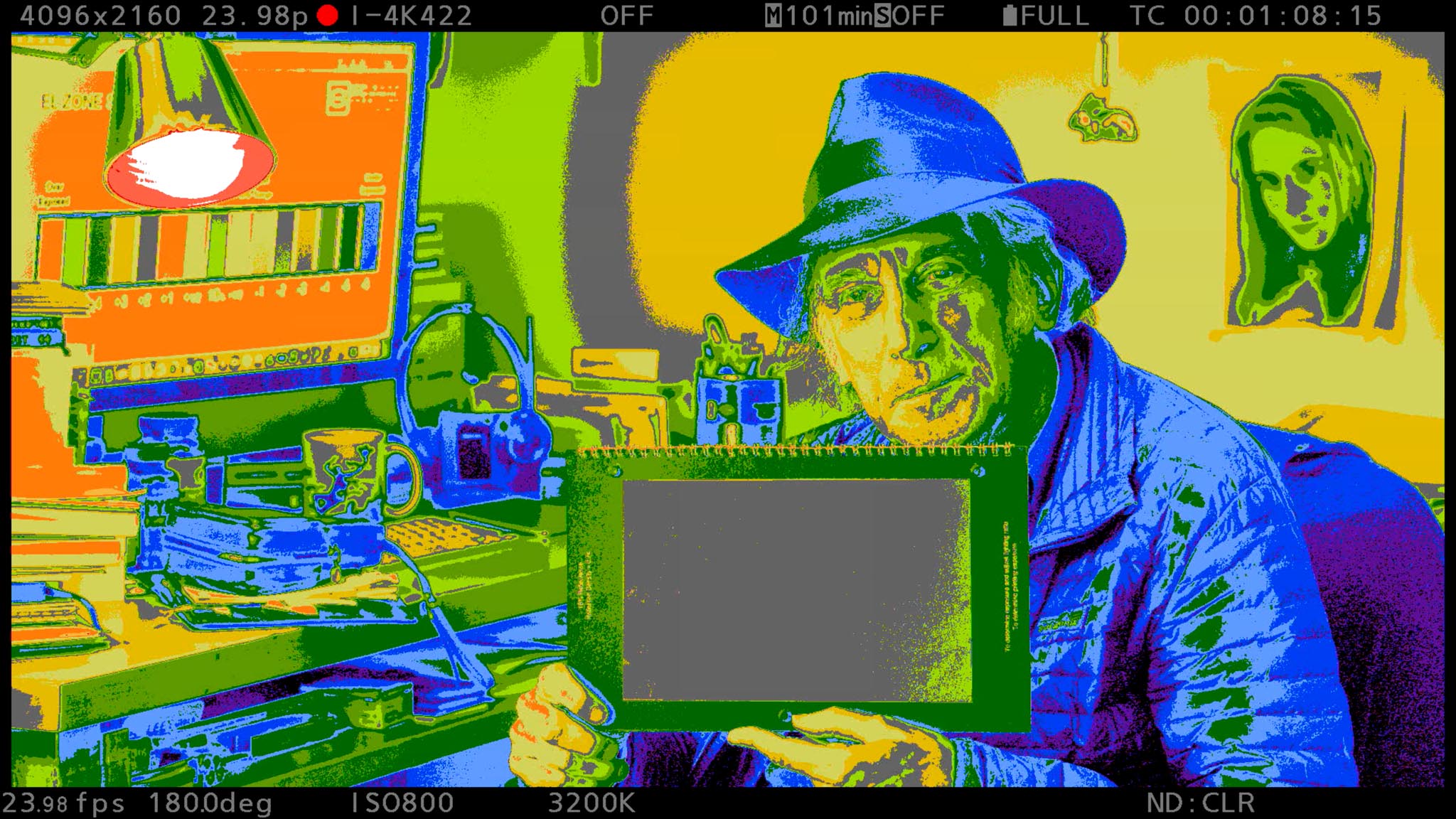

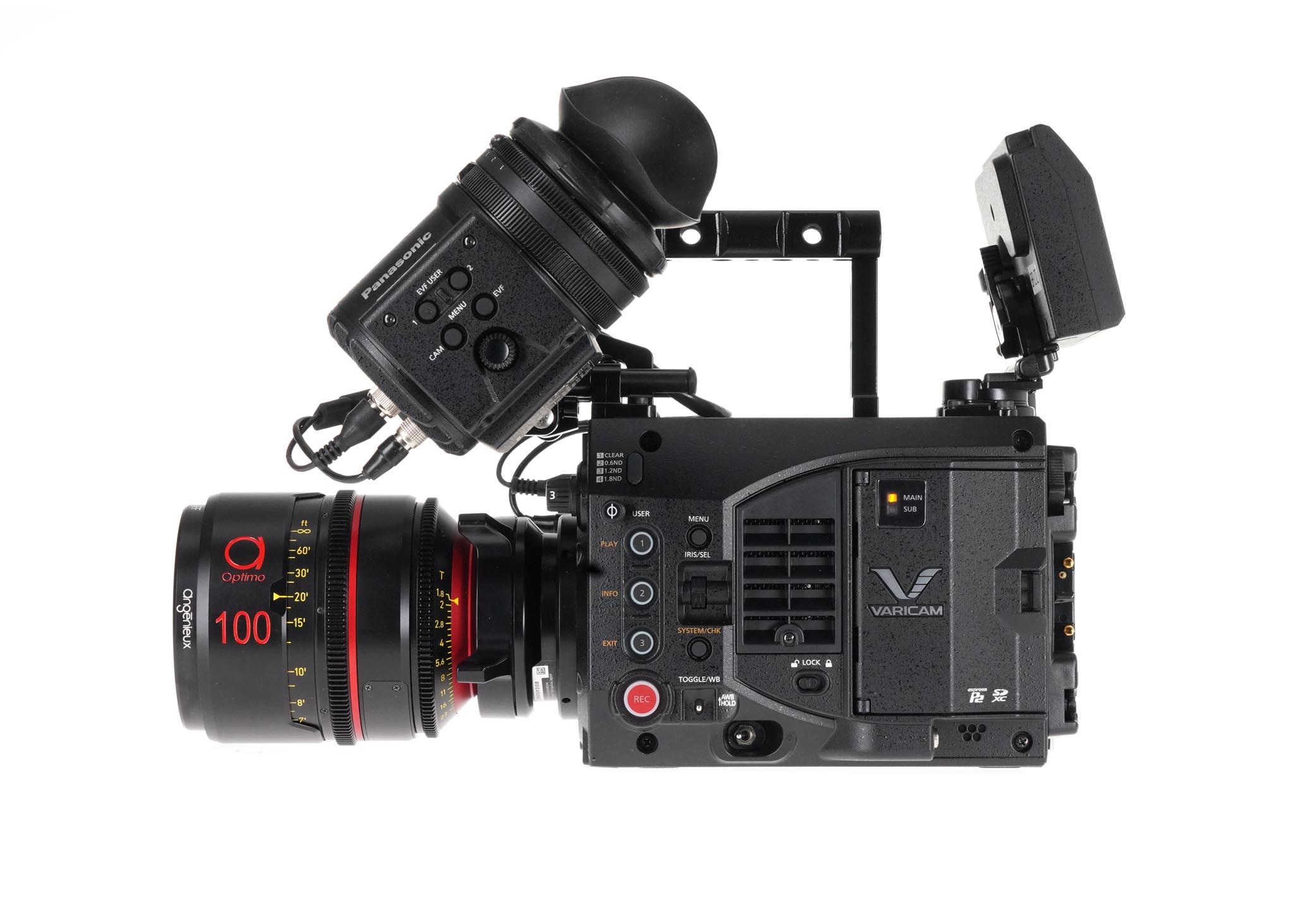
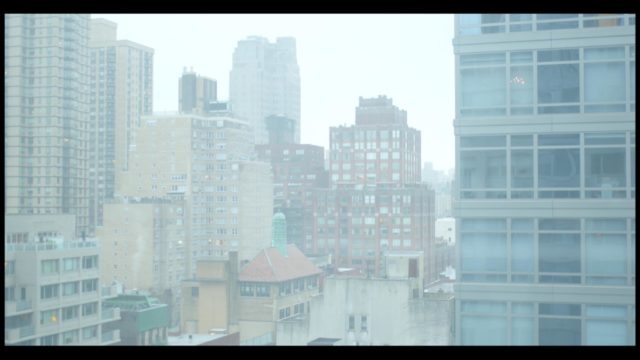
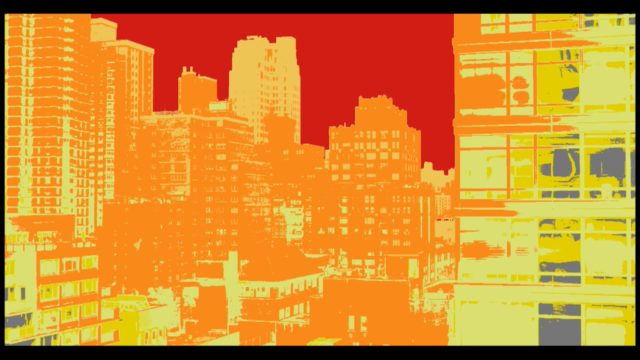
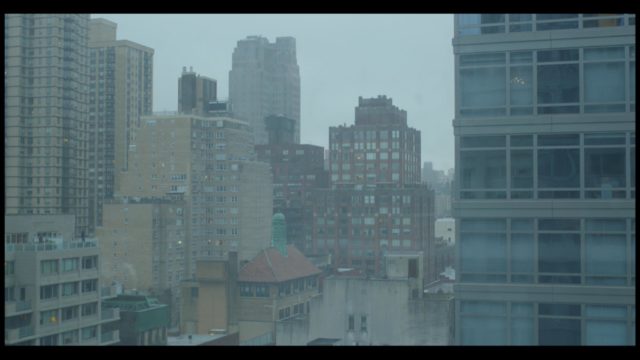
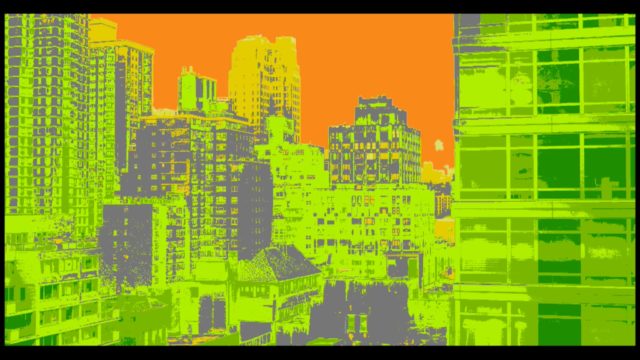
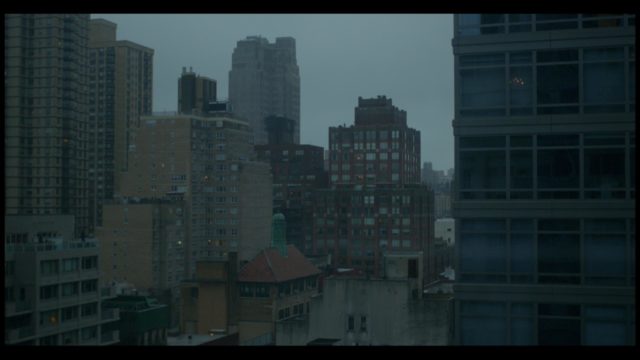
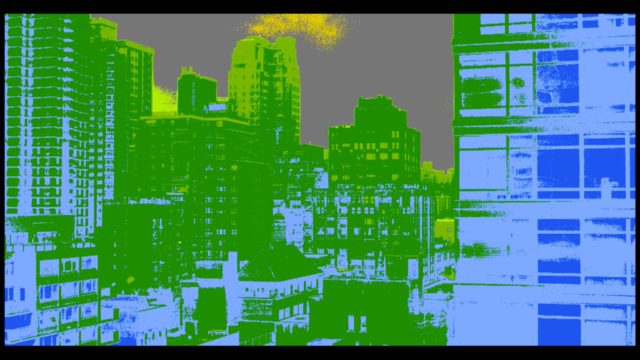








This is brilliant and long overdue.
Kevin. Yes it is. And no learning curve. So simple to use.
This is beautiful. Thanks Ed Lachman et al. I’ve never liked the current false color system. It did not seem at all intuitive and so I’ve stayed with viewing at least one monitor on set in log, plus looking at a histogram. Both systems work for me. This would be a terrific addition to my Canon, Red and Sony cameras. I can guess which manufacturers will adopt this and which will not, but I would hope they all do. This is precisely what I need and it made complete sense in a NY minute.
Larry Robins
Bozeman, MT
Awesome, intuitive, very useful! It would be great to have EL Zone system embedded in Arri, Red and Sony cameras as well! Will that happen soon? As a rental house we will be happy to offer it to clients.
So intuitive and a great tool to know where your exposure is !!!! Great to use it soon
It’s likely that a monitor manufacturer will implement it first. Atomos, SmallHD, Flanders I see you.
It has to be calibrated specifically to each specific camera sensor’s gamma and latitude, so it would only work if the monitors reflect the different camera’s sensors and settings which I’m not sure would be possible. It would be great if it could work that way. Thanks for your comment.
I was inspired, so I quickly implemented a version of this into Nobe OmniScope https://timeinpixels.com/
It’s a software scope system, and completely customizable. I am interested in seeing this for other cameras as well. If anyone is interested, I would be happy to share my settings.
Adam, Interesting! Thanks for sharing. By the way, please note that Ed’s EL Zone system is registered, and I believe, patent pending.
Thank you Ed for this truly helpful tool. This is such an improvement on the “False colors”, and if standardized through all the camera manufactures will be a awesome tool for the cinematographer. It gives you immediately the understanding of light- dark balance of your frame but it is a great reference for any re- shoots or communication with your gaffer. For me as a cinematographer a fun and useful tool, for me as a faculty of cinematography department at AFI it is a great way to teach reflective reading and over- and under- exposure.
This would be a fantastic addition to the Lumix S1 line recording 4K ProresRAW. I’d love for DPs to have this option.
It would be truly wonderful as a Cinematographer, to be able to reference, whether your shooting on Panavision, Arri, Red, Sony, Panasonic, Canon, consistent zones of exposure with consistent color. If Cinematic camera manufacturers want to sell and help Directors of Photography this is standard they should all adopt, well done ED and long overdue.
LEADER devices (I own an LV5330) have this feature called “Cinezone” for a long time. If my brain didn´t fade: That was at least in 2006, maybe earlier. See bottom of https://www.leader.co.jp/uploads/2018/03/ca_lv5330_e.pdf
Hi Andrew, EL Zone is quite different from Cinezone. EL Zone has many more delineated steps and is based on stop values not an IRE scale. It also based on the VariCam’s V-LOG or V-Looks (baked in) gamma curves. This makes readings accurate with no need for the user to interpolate what the values mean. Not only is EL Zone super-easy to use and understand, but having it built into the camera makes it even simpler and convenient. A final note, there is no cost for the end user, it is part of the free firmware version 9 update.
Barry, thanks for explaining and also thanks for your efforts in getting Panasonic first to this EL Zone party.
I almost always have a difference in what I see on set and what I see in the color bay. I now bring my camera, and monitors into the bay and and match everything up using a probe and the facility engineer. I wonder if EL profiles could be made for the different cameras that could be used to match monitors more easily. Color bars, etc. just don’t cut it. With the EL system, at least all of the brightness values would more easily track regardless of monitor mismatch.
Peter, that’s an interesting idea.
Could this system be turned into a Cube file for use in other monitors or cameras?
https://we.tl/t-qtGZcIjb2k
It looks like a very promising system! I love the simplicity of one stop increments and the color spectrum chosen. Looks very intuitive — I would love to see it incorporated into Arri, Sony and PV/RED cameras.
The beauty is in the simplicity of it all. Now if all the camera manufacturers can fall in line. Thank you , EL
This is a much better alternative to false colour, thanks! I made a .cube LUT using a gradient map in photoshop which represents the values shown above (very rough but might be a useful reference until camera manifacturers pull their fingers out – and probably not hugely useful for non-panasonic LOG profiles) downloadable here: https://we.tl/t-qtGZcIjb2k
Hi, this is a brilliant idea. I made a (poorer quality) .cube LUT version in photoshop, if anyone is curious to try it: https://we.tl/t-qtGZcIjb2k As mentioned, it won’t be as useful as something intergrated and calibrated directly with the camera manufacturer’s LOG profiles
Wow. Finally something that makes sense. RED could really use this… their “gio scope” is less than user friendly (to be polite). Arri would be wise to integrate too.
Ed’s adaptation of Ansel Adam’s Zone System to the digital world is a game changer. For any disciple of photography, Ansel Adams’ stunning and iconic landscapes underscore the paramount need for precise exposure control in the creation of indelible images. EL Zone is a tremendous gift to all of us who have been endlessly frustrated by the imprecise nature of digital exposure. We finally have a tool that is much more accurate than false color, zebras, or waveforms. EL Zone brings back the direct relationship between lighting and lens stops that inform so much of image creation. Thank you Ed!
Buddy Squires, ASC
Buddy: very eloquently written.
This is extremely useful and most welcome! One could use a chart like http://www.antlerpost.com/downloads/stops_to_IRE_v1.1.pdf to plot the color & stop ranges for some of the other popular Log curves. Though the chart uses “IRE” for units (derived from ACES IDTs), you could substitute the appropriate code values for e.g. a 3D LUT.
Geoff, thanks for the link to the IRE to Stops Chart.